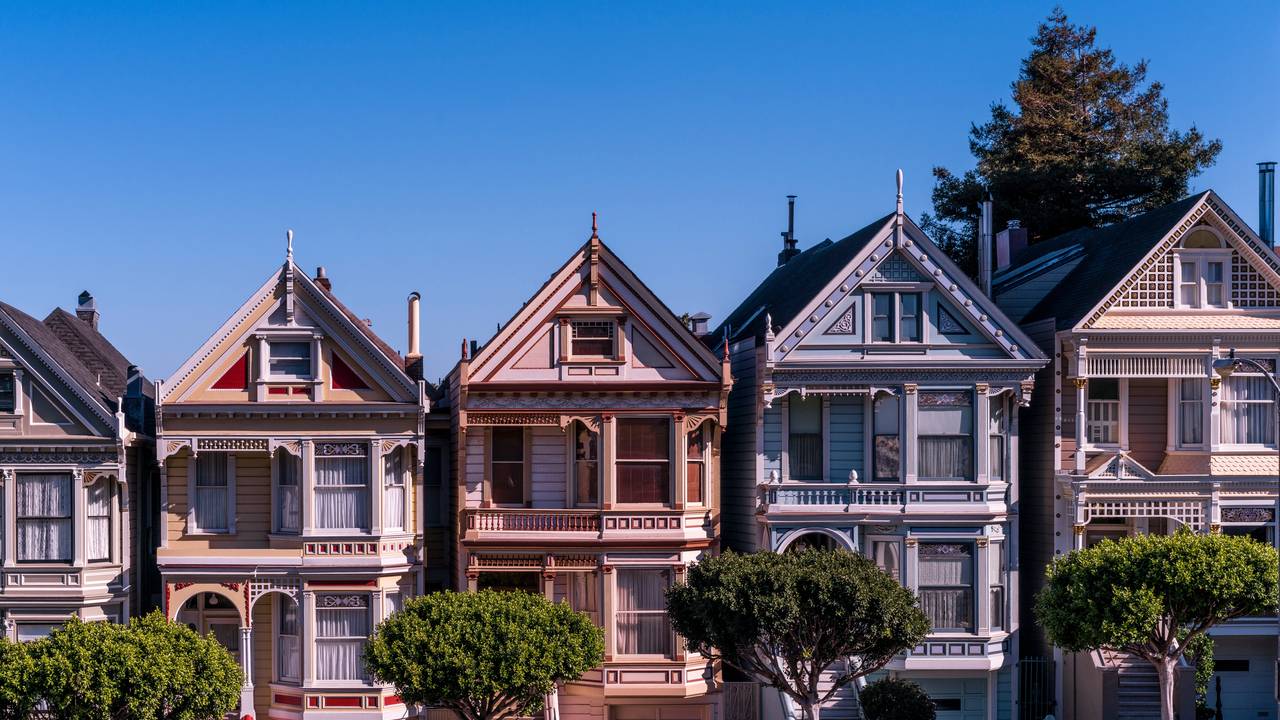Suburbs or city? This common question about where to buy a home represents a real-life dilemma for many homebuyers.
Visions of manicured gardens and backyard pool parties aside, there are numerous factors driving migration out to the ‘burbs. At the top of that list is the perception of affordability, or at least the idea of increased buying power, once you get outside the big city.
Are those perceptions true? Are there drawbacks that should be considered? In this article, we’ll take a look.
The suburbs are booming
If you’re thinking of moving to the suburbs, you’re not alone. A study from the Pew Research Center shows that, since 2000, the suburbs have seen a net gain of 6.4 million people from cities and rural areas. Add in international migration, and that number swells to 11.7 million people moving to the suburbs from elsewhere.
Leading the charge: millennials. Despite assumptions that this group prefers city living, the National Association of Realtors® 2018 Home Buyer and Seller Generational Trends study shows that 52% of millennials purchased their home in a suburban location in 2017.
Are the suburbs actually more affordable?
Suburbs are often perceived as more affordable for homebuyers, but is that actually the case? Turns out that it depends on which one you’re talking about. Homebuyers can move a little over 60 miles north of Los Angeles to the suburban city of Palmdale, where the median sales price for a three-bedroom home is $294,000, or pay a median price of $965,000 for a three-bedroom home in Los Angeles. The downside: Palmdale has the longest round-trip commute of any city across the country, with an average of 85.4 minutes.
But the suburbs aren’t always cheaper. It may be a shock that the most unaffordable city in the New York state is actually Ramapo. Located 40 miles northwest of New York City, Ramapo’s median home value is $511,400, less than half of Manhattan’s $1,228,200, according to a ValuePenguin study. But in Ramapo, 27.95% percent of residents’ income goes toward housing costs, whereas that number is just 15.24% for Manhattanites (it helps that Manhattan is home to some of the nation’s highest earners).
And that’s an important point. If moving to the suburbs will also mean a job change, it’s critical to analyze the local employment market. It doesn't make much sense to move to the suburbs for a more affordable home only to have your salary slashed so drastically that you cannot afford to comfortably live there.
Don’t forget about related costs
That ValuePenguin study took into account property taxes and home insurance, and noted that flood insurance could also be included. These are elements that need to be evaluated when planning where to buy a home — your overall cost of living goes well beyond your mortgage payment.
And don’t forget that commute. Depending on how far you’ll be driving and how many days you head into work, your annual commuting cost is likely to be several thousand dollars. There may also be additional transportation costs related to gas, tolls, and wear and tear on your car—not to mention if you did not have a car when living in the city, you suddenly could be burdened with car payments and car insurance. For New York state residents, car insurance is an additional average cost of $1,450 annually. Further, think about the potential cost to your mental well-being when you’re sitting in traffic instead of being home.
A congestion tax being proposed in New York will further increase commuting costs. The state’s 2019 state budget includes a new fee on drivers entering into central and lower Manhattan, with funds earmarked for subway repairs. This model has been used internationally in Stockholm, Singapore and London to reduce traffic.
A similar tax is also being considered in Los Angeles, which would make commutes into the city more expensive for drivers who are forced to use express lanes.
School choice
For parents and those soon-to-be, the choice of where to live may come down to schools. City-dwelling parents often face crowded schools and lower test scores in their assigned public schools. Some families choose to move to the suburbs in the hopes of finding better educational facilities and instruction. An article by the US National Library of Medicine, National Institutes of Health reports that, “suburban schools are greatly advantaged in comparison to both urban and rural schools.”
Final thoughts
More space, lower prices, better schools and a family-friendly environment — they’re all reasons why people move to the suburbs to buy a home. Depending on the suburb, the decision may be a good one.
But the city or suburb debate likely requires more thought than you first assumed. Between the realities of commuting and other associated costs, leaving the city for the suburbs can be a high price to pay, both from a financial and lifestyle perspective.


Comments(0)